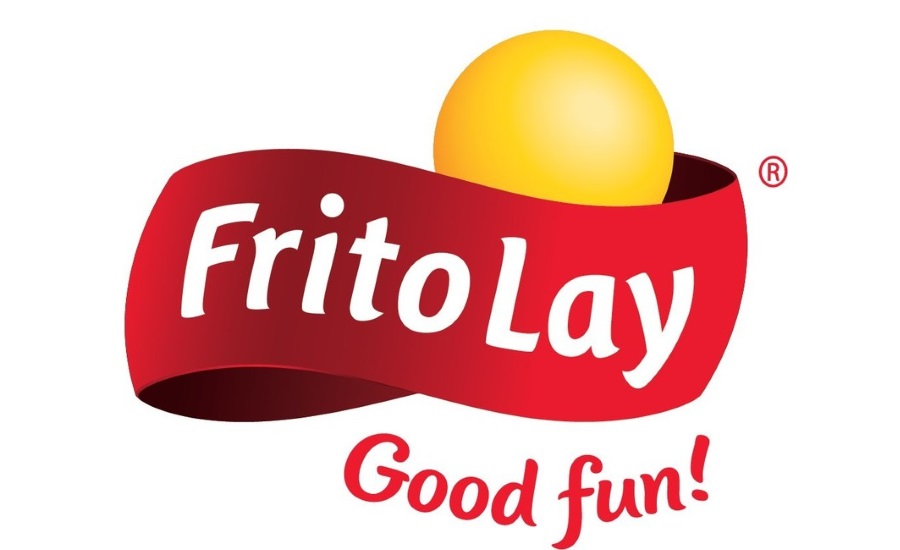The latest U.S. Trend Index from snack brand Frito-Lay polled consumers on their snacking preferences and priorities and found that the 90 percent of consumers who snack daily care—and care deeply—about the companies whose snacks they’re eating.
Snack companies’ attention to sustainability practices (77 percent), community impact around food access (78 percent), and treatment of employees (87 percent) are among the top values driving purchasing decisions.
This is particularly true for younger generations; more than half of 18-34 consumers noted they consider a brand’s ethics and sustainability practices when purchasing. But while younger consumers are more likely than consumers older than 35 to be interested in sustainable production and packaging, ingredient integrity and flavor exploration has more influence over food and snack choice for both demographics.
In fact, if they had to choose one snack element, 42 percent of consumers within each demographic stated they would choose flavor combinations such as sweet and spicy, or tangy and salty over familiar, regional flavors (21 percent), texture (21 percent), and international flavors (15 percent).
Beyond what a company stands for, flavor wins
As consumers shop for snacks, 35 percent stated that innovative flavors are most likely to influence what they select, more than recommendations (28 percent) brand recognition (21 percent), packaging (9 percent), or sustainability efforts (7 percent). They also aren’t afraid to try new things—40 percent are most excited to find a snack with a flavor they love but have never had in a snack product before.
“During the summer, people explore new activities, new places and enjoy new flavors of snacks as they attend more outdoor gatherings,” said Mike Del Pozzo, chief customer officer, Frito-Lay North America. “While flavor continues to drive consumers’ food-purchasing behaviors, we know how a company behaves matters and that’s why I’m proud of Frito-Lay’s commitment to sustainability and community impact.”
Additional market trends and U.S. Trend Index highlights show:
What’s on the inside counts:
- About two-thirds of people are more likely to purchase products that invest in local communities.
- Purchasing sustainable food products is important to consumers (66 percent).
- Adults are more interested in naturally sourced ingredients than production-related factors like recycled packaging, compostable packaging, or products made with recycled water (74 percent).
Long-term eating habits are shifting:
- Almost everyone enjoys the social aspect of snacking (81 percent), but Gen Z and Millennials are more likely to prefer to eat in solitude (45 percent).
- Millennials (19 percent), Gen Zers (20 percent), and parents (20 percent) are slightly more likely than average to snack on-the-go.
Summer Snacking:
- More than two in five of parents will buy or create individually packaged snacks in advance before traveling this summer.
- While busy parents are on the move, it’s no surprise that they are more likely than non-parents to replace meals with snacks several times per week or more (52 percent). Sixty percent of consumers are most excited to snack at outdoor gatherings with family and friends now that pandemic restrictions have lifted.
The recipe for a perfect snack:
- All about the combo: Americans prioritize a salty/sweet snack combination (42 percent) over texture, international or local flavors.
- Gateway snacking: Almost half of all respondents (44 percent) said trying new snack flavors led them to try more foods with those same flavors, while more than half (58%) of 18-34 consumers have eaten more foods featuring a flavor that they had initially experienced in a snack.
- Mix and match: Given the choice, people are selecting innovative flavor combinations most often (59 percent), including sweet and salty, spicy and sweet, and tangy and salty.
For more information, visit FritoLay.com/Snack-Index.
Survey methodology
This poll was conducted between May 26–May 27, 2022 among a national sample of 2,200 adults and an additional 200 adults ages 18–34. The interviews were conducted online and the data were weighted to approximate a target sample of adults based on gender, educational attainment, age, race, and region. Results from the full survey have a margin of error of plus or minus 2 percentage points.
Related: Culinology Perspectives: Latin American flavor trends from Frito-Lay






